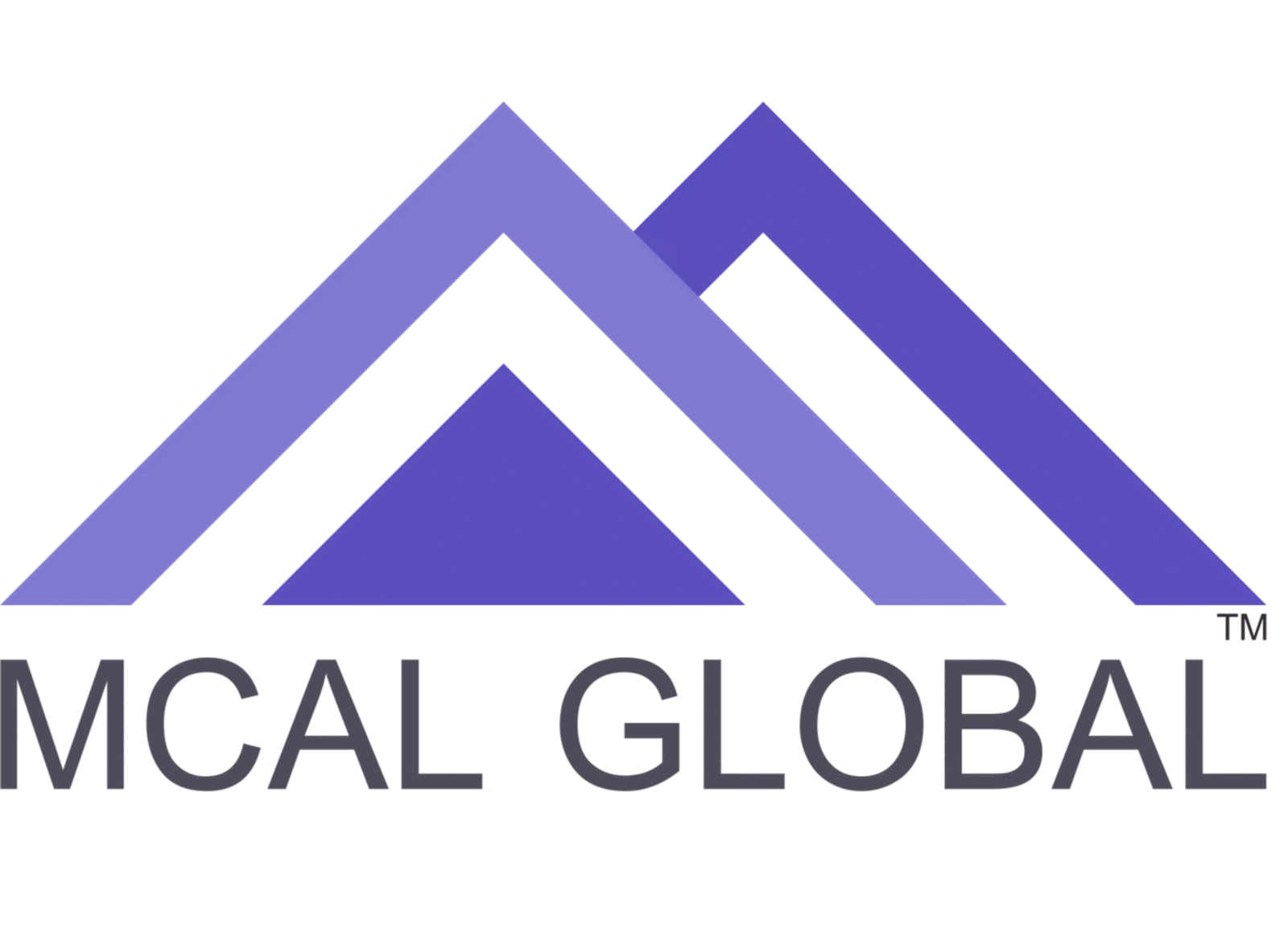In today’s rapidly evolving business landscape, organizations strive to bridge the gap between their current state and desired outcomes. Gap Analysis, a powerful tool for assessing performance and identifying improvement areas, helps organizations achieve their goals. This article provides a detailed guide to Gap Analysis, including its definition, process, benefits, examples, and related tools and organizations supporting its implementation.I. Understanding Gap Analysis:Gap Analysis is a systematic approach that compares the current state of an organization, process, or project with its desired state. By identifying gaps between the two, organizations gain valuable insights into areas that need improvement. Gap Analysis provides a structured framework to evaluate performance, set targets, and develop action plans for progress.II. The Process of Gap Analysis:The process of Gap Analysis involves the following steps:
- Define the Scope and Objectives: Clearly define the scope and objectives of the Gap Analysis, ensuring alignment with organizational goals. Identify the specific area or process to be analyzed and define the desired outcomes.
- Assess the Current State: Evaluate and document the current state of the organization, process, or project. Gather relevant data through surveys, interviews, or existing documentation. This analysis provides a baseline for comparison.
- Determine the Desired State: Define the desired or target state, reflecting the organization’s vision, strategic objectives, and best practices. Set specific, measurable, achievable, relevant, and time-bound (SMART) targets to guide the analysis.
- Identify the Gaps: Compare the current state with the desired state to identify gaps or discrepancies. Analyze the differences and document them systematically. This analysis involves evaluating performance metrics, process flows, customer feedback, and industry benchmarks.
- Analyze Root Causes: Examine the root causes contributing to the identified gaps. Conduct a thorough analysis of internal processes, resource limitations, skill gaps, or external factors affecting performance. Understanding the underlying causes is crucial for effective problem-solving.
- Develop Action Plans: Based on the analysis of gaps and root causes, create action plans to bridge the identified gaps. Define specific strategies, initiatives, or interventions necessary for improvement. Establish key performance indicators (KPIs) to measure progress and success.
- Implement and Monitor: Execute the action plans and monitor progress. Allocate necessary resources and responsibilities. Regularly review and assess performance against defined KPIs. Make adjustments as needed to ensure continuous improvement.
III. Benefits of Gap Analysis:
- Performance Evaluation: Gap Analysis enables organizations to evaluate their performance against benchmarks or industry standards. It provides valuable insights into strengths, weaknesses, and areas for improvement, guiding decision-making and resource allocation.
- Strategic Alignment: Gap Analysis ensures organizational goals and objectives align with the desired state. It highlights the gaps that need to be addressed, facilitating alignment between activities and strategic direction.
- Process Improvement: By identifying gaps and root causes, Gap Analysis drives process improvement initiatives. It uncovers inefficiencies, bottlenecks, or gaps in processes, allowing organizations to optimize operations and enhance productivity.
- Change Management: Gap Analysis supports effective change management by identifying gaps and providing a roadmap for improvement. It guides organizations through transitions, technological advancements, or strategic implementations.
IV. Gap Analysis Examples:Example 1: Sales Performance Gap Analysis Current State: Monthly sales revenue of $50,000 Desired State: Monthly sales revenue target of $100,000 Gap: $50,000 Root Causes: Inadequate sales training, insufficient lead generation efforts, ineffective sales processes Action Plans: Implement comprehensive sales training program, enhance lead generation activities, streamline sales processesExample 2: Customer Satisfaction Gap Analysis Current State: Customer satisfaction rating of 3 out of 5 Desired State: Customer satisfaction target of 4.5 out of 5 Gap: 1.5 Root Causes: Inconsistent service delivery, poor communication with customers, lack of customer feedback mechanisms Action Plans: Develop standardized service protocols, improve communication channels, implement customer feedback systemV. Related Tools and Organizations:
- SWOT Analysis: SWOT (Strengths, Weaknesses, Opportunities, Threats) Analysis complements Gap Analysis by identifying internal factors that impact performance. It helps organizations understand their strengths, weaknesses, opportunities, and threats. Website: https://www.mindtools.com/pages/article/newTMC_05.htm
- PESTEL Analysis: PESTEL (Political, Economic, Social, Technological, Environmental, Legal) Analysis assesses external factors influencing organizations. It helps identify macro-environmental forces shaping the organization. Website: https://www.smstudy.com/Article/pestel-analysis
- Balanced Scorecard: The Balanced Scorecard is a performance measurement framework incorporating multiple perspectives like finance, customer, internal processes, and learning and growth. It helps organizations evaluate performance and set strategic targets. Website: https://www.balancedscorecard.org/
- International Institute of Business Analysis (IIBA): The IIBA is a professional organization promoting the practice of business analysis. It offers resources, certifications, and best practices related to Gap Analysis and business analysis techniques. Website: https://www.iiba.org/
- Project Management Institute (PMI): PMI is a global professional organization for project management practitioners. Their website offers resources, certifications, and best practices related to project management, including Gap Analysis in project planning and execution. Website: https://www.pmi.org/
Conclusion:Gap Analysis serves as a powerful tool for organizations to evaluate performance, identify improvement areas, and bridge the gaps between their current and desired states. By understanding the components, process, benefits, and examples of Gap Analysis, organizations can effectively assess their performance, set strategic targets, and develop action plans for improvement. Utilizing related tools and resources offered by reputable organizations enhances the implementation and utilization of Gap Analysis. Gap Analysis empowers organizations to close the gaps, achieve their goals, and drive continuous improvement.References:
- Mind Tools. (2022). SWOT Analysis: Discover New Opportunities, Manage and Eliminate Threats. Retrieved from https://www.mindtools.com/pages/article/newTMC_05.htm
- SMstudy. (2022). PESTEL Analysis. Retrieved from https://www.smstudy.com/Article/pestel-analysis
- Balanced Scorecard Institute. (2022). Balanced Scorecard Basics. Retrieved from https://www.balancedscorecard.org/
- International Institute of Business Analysis (IIBA). (2022). International Institute of Business Analysis. Retrieved from https://www.iiba.org/
- Project Management Institute (PMI). (2022). Project Management Institute. Retrieved from https://www.pmi.org/
For better understanding join MCAL Global’sMaster Business Analysis Training – MBATâ€. MBAT is the flagship business analyst course. MCAL Global has trained more than 2000 professionals on the business analysis processes, concepts, tools, techniques, best practices, business analyst certification, and software tools via this program.
Through active feedback collected from individuals & corporates, MCAL Global has perfected this business analyst course via numerous updates and revisions to deliver the best possible results for individuals or corporates.MCAL Global conducts a classroom for this business analyst course in Pune and Mumbai, else you can join our live online business analyst course from anywhere.
MCAL Global has trained professionals from the United States, UAE – Dubai, Australia, United Kingdom, and all major cities from India through our live instructor online business analyst courses. You can send your interest by visiting our contact us page.


